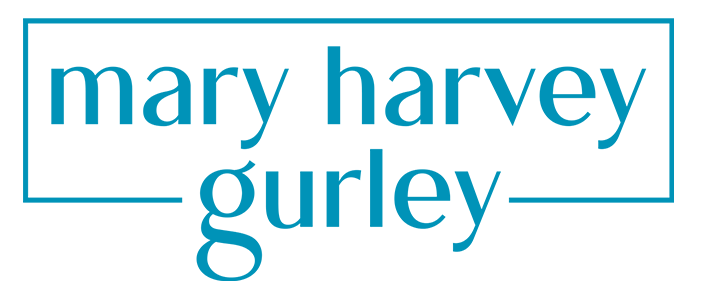For my Girlies Who Refuse to Give Up Their Planner and Pens
Some of you are committed to your planners, and I understand. While I keep my calendar and list electronically, sometimes writing things down helps commit your thoughts to memory.
Those of you who stick with paper planners instead of going digital often find that the tactile act of writing helps you feel more organized and connected to your plans. There is research that shows that the process of handwriting activates parts of the brain linked to memory and learning, helping you retain information better than typing. There’s also a sense of satisfaction in physically crossing things off a list (it feels more natural, doesn’t it?). Plus, using a paper planner can reduce distractions—no notifications, no ads, just you, planner, and pen. It’s a simple way to focus on what matters, tap into creativity, and make planning a more mindful and brain-boosting part of your routine.
Start with What Feels Comfortable
Let’s keep things simple. If technology feels too complicated, go back to basics with a paper planner. (There’s something satisfying about physically writing things down, right?) Choose one that gives you a clear view of your week. Jotting down your tasks can help you stay focused and organized.
Break Down Big Tasks into Small Steps
We’ve all reviewed a long to-do list and felt that sinking feeling. It’s easy to get overwhelmed when you see everything at once. So, break it down. Instead of “finish the garden,” try listing “buy seeds,” “prepare soil,” and “plant flowers.” It’s much less intimidating, and you enjoy checking off more boxes!
Prioritize What Matters Most
Here’s something I’ve learned: not everything is equally important. Each morning, think about the top three things you need to accomplish. Focus on those, and you’ll feel more in control. (If something unexpected comes up, you’ll know you’ve already handled the essentials.)
Try a Simple Digital Calendar
A basic calendar might be a good start if you’re curious about dipping your toes into the digital world. Google Calendar or Apple’s iCal are pretty straightforward. You can set reminders for appointments or recurring tasks—nothing too fancy, just enough to keep you on track. (And if you’re not ready for this step yet, that’s okay, too. Please write it down. Go at your own pace.)
Make Routine Your Best Friend
I’ve found that routines are a lifesaver. When you have set times for regular tasks—like checking emails, walking the dog, or planning meals—it takes the guesswork out of your day. (Plus, you’ll find it easier to stick to your schedule when you know what to expect.)
Don’t Overbook Yourself
It’s tempting to fill your schedule to the brim, but let’s be honest—that’s a recipe for burnout. Be kind to yourself. Leave some breathing room between tasks.
Reflect and Adjust Weekly
At the end of each week, take a moment to look back. What worked? What didn’t? Did you tackle your top priorities? Use these reflections to tweak your schedule for the next week. (It’s all about finding what works best for you.)
Ask for Help When You Need It
If you’re feeling stuck, don’t hesitate to reach out. Whether asking a friend for advice on using a new tool or getting help with a task hanging over your head, there’s no shame in seeking support. (We all need a little help now and then.)
Find What Works for You
Remember, improving your schedule isn’t about following someone else’s rules but finding what makes your life easier. Whether you stick with a paper planner or explore a simple digital calendar, the key is to create a system that helps you feel more organized and less stressed. You don’t have to be tech-savvy to manage your time effectively. Having a plan that works for you and the confidence to know you’re in control.

